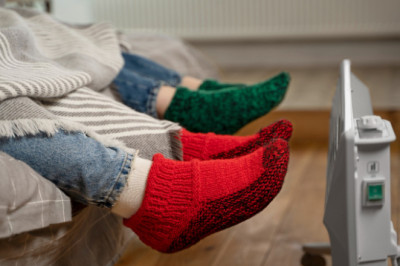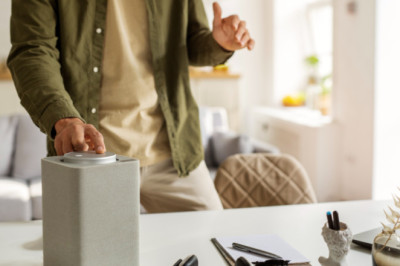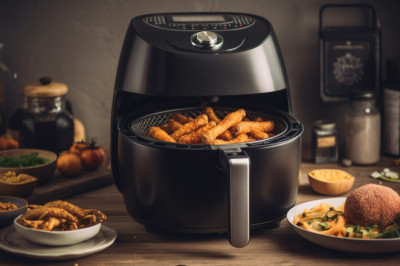Disclosure: This page contains affiliate links, meaning, at no additional cost to you, we may earn a commission if you click through and make a purchase.
Ensuring the safety and security of your home is essential to protect your family and property from potential dangers. By implementing key safety measures and utilizing the right tools, you can create a secure environment for your loved ones. Read on to discover the essential home safety items and practices that will help safeguard your home against various risks.
Securing your entry points, such as doors and windows, is crucial in preventing unauthorized access to your home. Install sturdy deadbolt locks on all exterior doors and consider adding a door reinforcement device for extra protection. Make sure your windows are equipped with secure locks or bars to deter intruders from gaining entry. Additionally, installing motion sensor lights near entryways can help deter potential burglars.
Install a Home Security System
Investing in a home security system is an effective way to protect your family and property. Modern security systems offer features such as surveillance cameras, motion detectors, and alarms that can alert you to any unusual activity in and around your home. Make sure to prominently display signs indicating that your home is protected by a security system, as this can act as a deterrent to potential intruders.

Fire Safety Measures
Fire safety is a critical aspect of home security. Ensure your home is equipped with smoke detectors on every floor and test them regularly to ensure they are functioning properly. Develop a fire escape plan with your family and practice fire drills to ensure everyone knows what to do in case of a fire emergency. Additionally, consider installing a fire extinguisher in key areas of your home, such as the kitchen and garage.
Carbon Monoxide Detection
Carbon monoxide is a silent and deadly gas that can be emitted by fuel-burning appliances in your home. Protect your family from carbon monoxide poisoning by installing carbon monoxide detectors in key areas, especially near bedrooms. Test the detectors regularly and replace the batteries as needed to ensure they are always operational.
Childproofing Your Home
If you have young children in your home, childproofing is essential to prevent accidents and injuries. Install safety gates at the top and bottom of stairs to prevent falls, secure large furniture to the wall to prevent tipping, and cover electrical outlets with safety plugs. Keep hazardous substances, sharp objects, and choking hazards out of reach of children to create a safe environment for them.

Secure Your Valuables
Protect your valuable possessions by storing them in a secure location, such as a safe or a locked cabinet. Consider marking your belongings with a unique identifier or engraving your contact information on them to aid in recovery in case of theft. Secure important documents, such as passports and birth certificates, in a fireproof and waterproof safe to ensure they remain protected.
Emergency Preparedness Kit
Create an emergency preparedness kit that includes essential items such as non-perishable food, water, first aid supplies, flashlight, batteries, and a battery-operated radio. Keep the kit in a easily accessible location and make sure all family members know where it is located. In the event of a natural disaster or emergency situation, having a well-stocked emergency kit can be a lifesaver.
Home Maintenance
Regular home maintenance is key to preventing accidents and maintaining a safe living environment. Inspect your home regularly for any potential hazards, such as loose handrails, frayed electrical cords, or leaks in pipes. Keep your walkways clear of debris and ensure outdoor lighting is functioning properly to prevent trips and falls.

Stay Informed
Stay informed about potential risks in your area, such as weather-related disasters or local crime trends. Sign up for alerts from local authorities and be aware of any safety advisories that may impact your home and family. Stay connected with your neighbors and community to share information and support each other in times of need.
Protecting your family and property is a top priority for homeowners. By implementing these home safety essentials, you can create a secure and welcoming environment for your loved ones. Remember that investing in home safety is an investment in the wellbeing and security of your family. Stay proactive and vigilant in maintaining a safe home for you and your family to enjoy.












